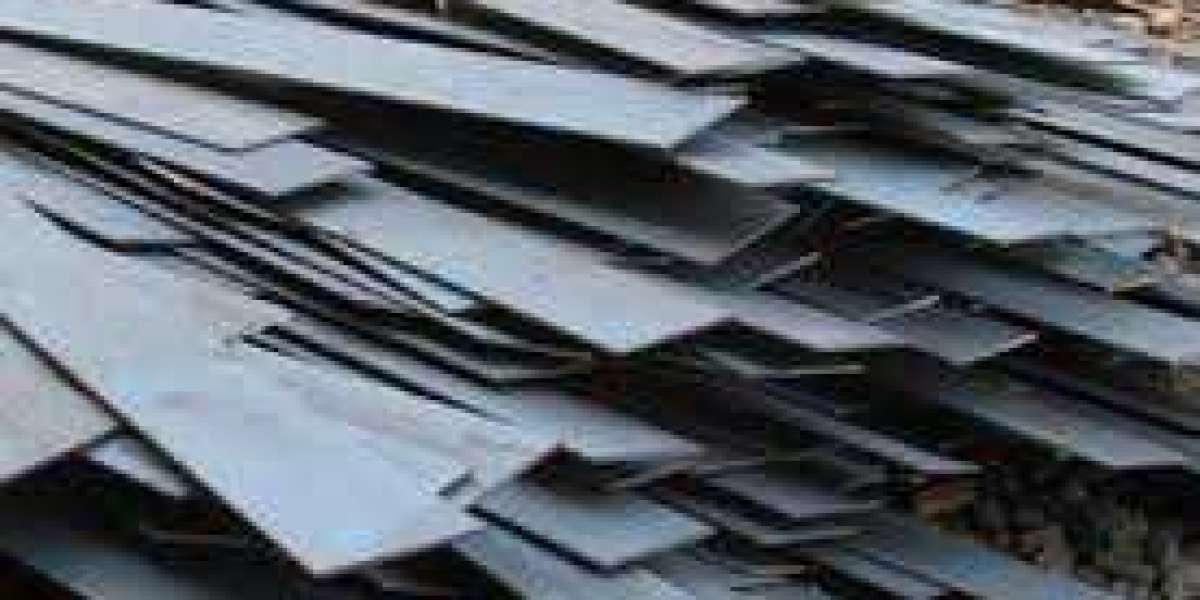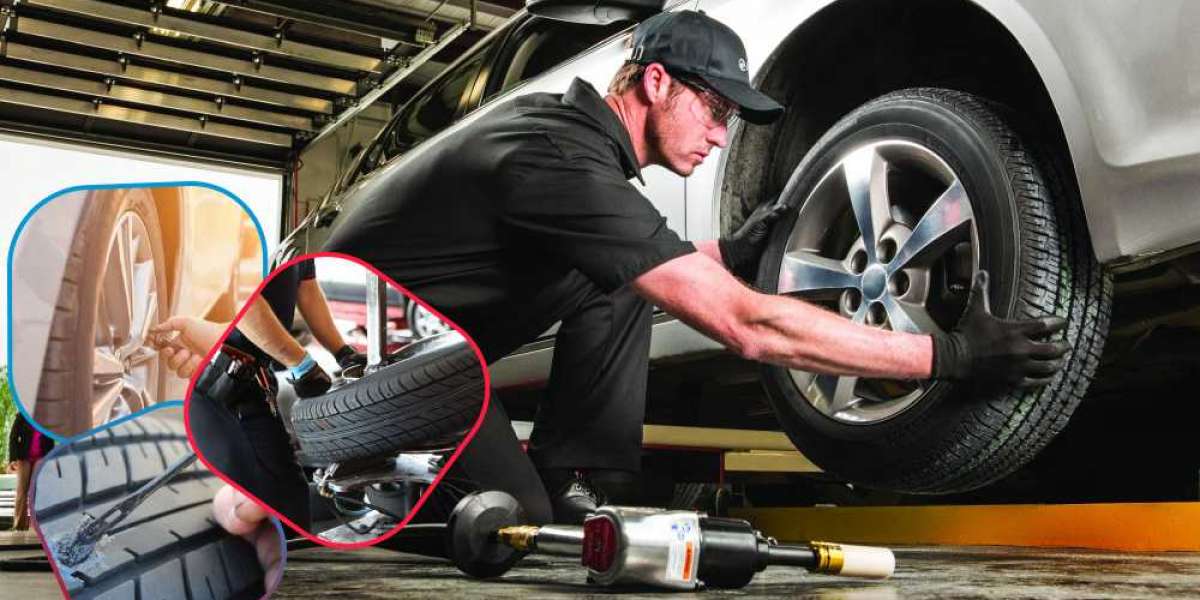Mild steel (MS) flats are simple, versatile sections used across construction and fabrication. As the built environment pushes toward sustainability, MS flats are reappearing not just for their cost and workability but as a practical material choice — when production, use and disposal are managed responsibly. This article explains how MS flats fit a greener future, innovations making them cleaner, and practical steps industry stakeholders can take.
Why MS flats matter for sustainable construction
MS flats offer predictable strength, easy fabrication and excellent recyclability. They’re readily cut, welded and formed, enabling efficient offsite fabrication and modular assembly—practices that reduce waste and on-site emissions. Steel’s circularity is a major advantage: structural steel commonly contains high proportions of recycled material and can be re-melted without losing performance. That recyclability reduces reliance on virgin iron ore and lowers lifecycle environmental impact.
Cleaner manufacturing and energy improvements
The sustainability of MS flats depends on production pathways. Traditional blast-furnace routes are carbon-intensive, but change is happening. Electric arc furnaces (EAFs) operate on scrap steel and pair well with renewable electricity. Emerging methods—hydrogen-based direct reduction, improved heat recovery and carbon-capture pilots—promise further emission reductions. Transitioning to these technologies and increasing scrap feedstock will be critical to shrinking the embodied carbon of MS flats.
Design for reduced material use and longer life
Smarter design reduces material demand. Engineers can select precisely sized MS flats to deliver required strength with less mass, and composite or hybrid systems can combine steel with concrete or timber for lower overall carbon. Corrosion protection — galvanizing, coatings and careful detailing — extends service life and cuts replacement frequency. Modular construction and prefabrication also minimize waste while improving quality control.
Circular economy and end-of-life strategies
Recycling is where MS flats excel. At demolition, steel components can be reclaimed and reintroduced to the melt stream. Improving deconstruction practices—labeling steel parts, avoiding permanent bonding with mixed materials, and establishing take-back schemes—raises recovery rates. Material passports and digital tracking make reuse and recycled-content accounting easier, helping buyers verify true circularity.
Applications accelerating the sustainability case
MS flats perform well in light-gauge framing, bracing systems, façade supports and industrial fittings. In low- and mid-rise buildings they are often part of composite systems that optimize structural performance and carbon. The reuse-friendly nature of steel makes MS flats ideal for temporary structures, modular units and industrial assets where durability and repeat cycles are valuable.
Challenges and practical solutions
MS flats face real challenges: corrosion risk in harsh environments, perceptions about embodied carbon versus bio-materials, and inconsistent reporting on recycled content. Solutions include investment in low-carbon steelmaking, standardized labeling for recycled content and embodied carbon, wider use of corrosion protection, and procurement policies that favor reuse and low-carbon products. Collaboration across supply chains and clear policy signals will accelerate uptake.
Industry and policy drivers
Market demand and policy are important levers. Governments and large clients can accelerate low-carbon steel adoption through procurement rules that reward recycled content, lower embodied carbon and deconstruction-friendly design. Incentives for electrification of steel plants, grants for carbon-capture pilots and support for local scrap collection infrastructure will reduce lifecycle impacts. Suppliers can respond by offering low-carbon product lines, publishing transparent product data and establishing training programs for contractors to design, detail and deconstruct steel-framed systems more effectively.
The role of digital tools and standards
Digital design, BIM and lifecycle-assessment tools let teams compare materials quantitatively and optimize designs for lower carbon. Standards organizations and green-building schemes increasingly reward recycled content and deconstruction-friendly detailing. Suppliers that publish Environmental Product Declarations (EPDs) and demonstrate transparent sourcing will be preferred by architects and contractors chasing sustainability targets.
Conclusion
Mild steel flats are well positioned in a sustainable construction future. Their recyclability, adaptability to modern fabrication, and compatibility with evolving low-carbon production methods make them a pragmatic option for projects balancing performance, cost and environmental impact. Realizing this potential requires cleaner production, smarter design, circular end-of-life practices and transparent reporting. When industry, designers and policymakers work together, MS flats can be a dependable build. They can become the backbone of greener, resilient construction globally.







